Introduction
Our position is dedicated to recipes for homemade food your cats will love. You want an excellent diet for your pet to keep it fit and wholesome and meet all its desires, from kitten to adult, Pet Food recipes. Cat Vitamins are genuinely the substances that the body uses to keep your cat going, growing, and sparkling! It appears easy in idea; however, greater masses remain to be found, as with most human facts. As you’ll phrase, even as you observe the aspect lists on maximum industrial cat ingredients, they’re appreciably complex, and except for taurine (the amino acid that cats can not synthesize themselves), the research on particular ingredients is alternatively hazy.
This article highlights the blessings of having prepared homemade cat food infused with crucial nutrients. Vitamins A, D, and E are essential for a cat’s food regimen, and they can be sourced from various meats and animal fats. Therefore, feeding your cat a balanced diet with vegetables and fruits is critical. Are you curious how these components may be blended to create a nutritious Pet Food recipe for your cat? Ultimately, ensuring your cat is well-fed with the proper vitamins is essential.
By the end of this article, you may have the knowledge and abilities to prepare nutritious, domestically-made meals for the only cat you love. These meals, infused with vital vitamins, will keep your cat healthy and fulfill its taste buds. So, let’s embark on this journey together and deliver your cat the love and care they deserve through their meals.
Essential factors to keep in mind:
- Creating self-made cat nutrient meals, a Pet Food recipe allows you to modify your cat’s nourishment and offer an advanced diet.
- Homemade diets can offer the critical nutrients and minerals cats need to thrive.
- Using the best materials and adhering to the supplied directions, you could generate a nourishing and nutrient-dense meal for your puppy.
- Supplements may be competently included in your feline’s nutritional plan, but it is crucial to seek advice from a veterinarian before proceeding.
- Veritable accounts and authentic tributes from cat proprietors accentuate the endowments of preparing homemade cat food.
Grasping Your Feline’s Wholesome Requirements

To keep your feline happy and healthy, you must ensure it eats a weight-loss plan with the appropriate number of suitable foods. A feline’s eating routine qualifies as having an energizing and energetic presence. The vitamins and minerals that keep our bodies refreshed and well-fueled are without problems and are found in numerous cat-specific capsules and meals, ensuring they get the whole lot they want to stay as wholesome as possible.
7- Vitamins and Minerals That Cats Need
Cats have unique dietary needs; their food plan should include specific vitamins and minerals. Several fundamental nutrients may harm your cat’s health, so it is highly advised that you know the critical nutrients vital for your cat’s health.
- Vitamin A is critical for keeping your cat’s eyesight and immune system functioning and improving.
- Vitamin B is essential in your feline’s metabolic process, assisting cognitive function and energy production.
- Vitamin D helps absorb and handle calcium and phosphorus, which are essential for maintaining strong teeth and bones.
- Vitamin E is a cancer prevention agent, safeguarding your feline’s cells from harm and advancing healthy pores, skin, and fur.
- Calcium is required to form healthy bones and promote and maintain bone health.
- Phosphorus teams up with calcium in the development of bones and energy digestion.
- Taurine, a fundamental amino acid, is significant in your feline’s heart well-being, creativity, judgment, and reproduction.
The Ideal Complement for Commercial Cat Food: Homemade Meals
Even though cat food bought in stores or supermarkets presents a reachable and balanced choice, blending homemade meals into your cat’s weight loss plan is continuously profitable. Homemade meals allow you to manage the substances better and splendidly of the meals your cat is ingesting, pick clean elements, and customize food consistent with their desires.
A mixture of commercially prepared Tom cat food and a domestic ration can offer numerous nutrients and flavors to ensure your pet is engaged and fulfilled. It’s a superb replacement, usually for cats with hypersensitivities or food allergic reactions. Regulatory manipulation measures over the ingredients of the servings can be exercised.
Guidance from Veterinary Dietitians
Obtaining guidance from a veterinary nutritionist on your cat’s eating regimen is extraordinarily valuable. These specialists possess complete information and understanding of cats’ particular nutritional needs. They can assist in developing domestic-cooked meals for your cat that provide all the dietary needs your little fellow calls for.
Suppose you take your cat to a veterinary nutritionist. In that case, they’ll test its health, age, weight, and any desire for a particular food regimen to discover a proper mixture of vitamins so one can paint for it. You also want to feature extra vitamins and minerals in your cat’s meals.
When you seek advice from a veterinary nutritionist, you can make sure your cat gets the most dependable vitamins from your homemade eating regimen Pet Food recipe. This is crucial because it will help them stay wholesome and hold exact strength.
Advantages of Home-Made Pet Food for Cats
Many people with pets choose homemade food for their cats rather than food from the grocery store. There are many benefits to creating your meals instead of purchasing them.
Encouraging Improved General Health:
Making cat meals gives you authority over the additives to your feline’s weight loss plan. Cats should have a fully balanced diet utilizing high-quality elements without chemicals and high-quality products. The final effects may additionally want to resonate in various ways at some point in the frame’s device. It could make them extra healthy by allowing for a more muscular immune system, maintaining proper strength levels, and discouraging long-term illnesses from arising.
Improving Digestion:
To offer your cat advanced digestion, homemade cat meals and pet food recipes often contain fewer fillers and synthetic substances than industrial cat food. You are giving up on your puppy’s digestive issues. Homemade meals crafted in your kitchen generally incorporate sparkling and, without a doubt, digestible elements, helping to ensure they are not stressful to your pet’s gastrointestinal system. You, however, endure in mind no more of these choking and retching sounds from 2 days in the past.
Contributing to a Shinier Coat and Brighter Eyes:
Playing a Crucial Role within the Look of Your Cat’s Coat and Eyes: An Attractive gloss to the coat and a glittery, alert look in the eyes of a cat stem from a nutritious food regimen. Homemade pet food recipes, for instance, permit one to incorporate a concentrated supply of crucial fatty acids such as the skin-nourishing omega-3 and omega-6 in additives like canola oil and flaxseed into the family pet’s weight loss plan. The homemade meal also places a puppy meal preparer within reach of the outstanding practical vitamins with diffused, office work-like names and the antioxidants that guard hearing and even the eyes’ health from deterioration over the years.
Potential Cost Savings and Customization:
One extra element to not forget is saving coins and personalizing your cat’s food. In the long run, you may emerge with less pricey food because you could make the initial funding, and ultimately, your cat may devour tons of food. Then, there may be the idea of creating food in line with the specifics of your cat. Your vet could likely advocate that you make her food for her protein dreams; it isn’t always rocket science. This is a quality manner to manipulate your cat’s food-hypersensitive reactions.
To conclude, growing food for your cat can help it become a more wholesome and happier tomcat. Pets often revel in the taste of homemade food, and some pets even gain higher average fitness with the food.
Choosing the Appropriate Components for Crafted Feline Nutrients
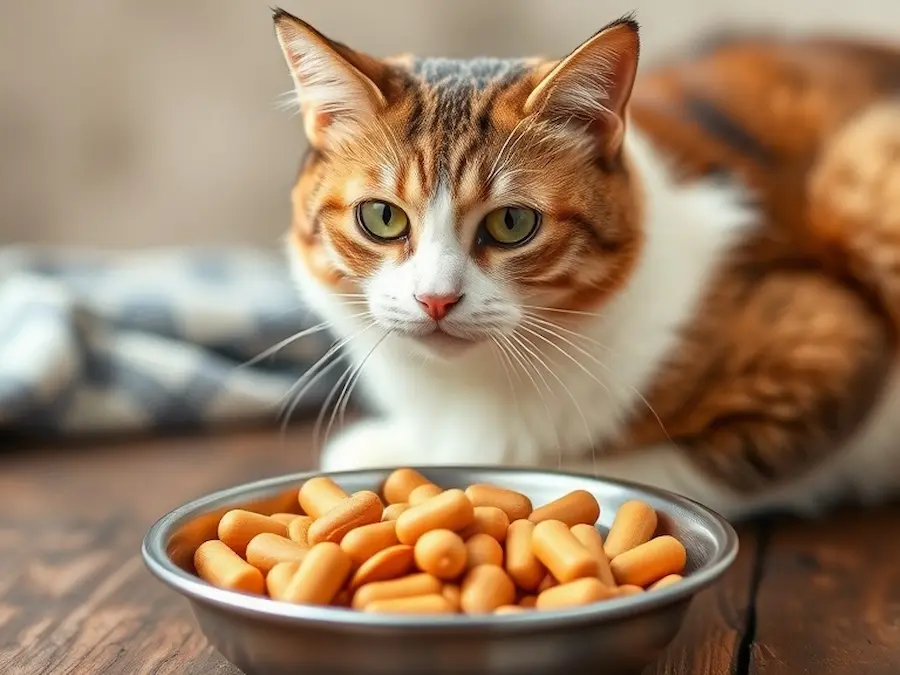
Selecting the additives for homemade cat vitamins ensures your cat receives all the nutrients she needs. You could make a balanced food plan to assist your cat’s exceptional fitness by picking natural sources of nutrients that are critical for cats. Ecological factors can take your home nutrients for cats to even higher levels. Taking care of what to avoid is also a significant plus.
Top Sources of Essential Vitamins for Your Feline Companion
Nature is aware of pleasantness while giving your feline friend the necessary vitamins to thrive. Whether it is A for their eyes, C for their immune system, or the complex of B nutrients for their everyday fitness, the most essential benefits of those crucial vitamins are generally favored.
- Vitamin A may be found in the liver, fish oil, eggs, and carrots.
- Vitamin B can be obtained from animal products, meat, fish, and whole grains.
- Vitamin C: Fresh fruit alternatives encompass oranges, berries, and melons.
- Vitamin D may be obtained by exposure to sunlight or from fatty fish, such as salmon or mackerel.
- Vitamin E is found in vegetable oils, nuts, and seeds.
When you add these natural, fundamental resources of vitamins to self-made cat food, you ensure your cat’s nutritional desires are met.
Avoiding Food Sources That Are Destructive to Felines
A few dinners that can be healthy for people might be harmful to felines. It’s essential to know what such meal devices are and not include them in domestically made cat vitamins. A few of the most commonplace toxic foods for cats are:
- The taste of onions and garlic
- Caffeine and chocolate
- Grapes, in addition to raisins
- An alcoholic beverage
- raw eggs and raw fish
Avoiding those toxic elements ensures that your kitty is secure and sound.
Organic versus Non-Organic Components
Many pet proprietors have a private preference for natural and non-herbal ingredients. Organic ingredients are cultivated without synthetic pesticides, fertilizers, or genetically modified organisms. This method gives puppy meal manufacturers a more natural and environmentally conscious desire. Although organic ingredients have advantages, they also have a higher price tag.
When choosing non-natural additives, choose top-satisfactory ones without volatile additives or preservatives. Wash your cat’s crumbs and vegetables well before serving to dispose of any lingering residue.
Whether to apply herbal or non-natural objects is based upon how much cash you want, your values, and whether you can afford to pay for the gourmet object. Your primary priority must commonly be whether or not the stuff will help keep your pet healthy and stable, even any vitamins you’re making yourself at home.
| Natural Sources of Essential Cat Vitamins | Organic vs Non-Organic Ingredients |
| Vitamin A: Liver, fish oil, eggs, carrots | Organic: Grown without synthetic pesticides and fertilizers |
| Vitamin B: Meat, fish, whole grains | Non-Organic: High-quality ingredients without harmful additives |
| Vitamin C: Fresh fruits like oranges, berries, and melons | |
| Vitamin D: Sunlight exposure, fatty fish like salmon and mackerel | |
| Vitamin E: Vegetable oils, nuts, seeds |
Step-by-Step Guide to Preparing Your Cat’s Vitamin-Rich Meal
Balancing Your Meal: Getting Your Ratios Right
When you need to make a homemade Pet Food recipe, create a balanced food plan that offers all your cat’s nutritional needs in the proper proportions. Cats want specific critical vitamins.
Set an appropriate meal amount relative to your feline partner’s weight and energy level. With the guidance of a veterinarian, acquire exact guidelines bespoke for your cat. Divide the nourishment into appropriate portions and distribute them over the day.
To construct a nutritionally balanced meal, upload the components listed under:
- A pinnacle-notch company of animal protein, like cooked bird or fish.
- Various vegetables, including carrots and peas, may be included to supply fiber and crucial vitamins.
- A few nutritious fats, like olive or fish oil, are needed to offer energy and preserve a healthy coat.
- A vast amount of fuel, consisting of steamed rice or sweet potatoes, keeps you kicking in excessive equipment.
- Your vet might also propose taking dietary supplements to ensure that each vital nutrient and mineral is present in the meal.
How to Safely Incorporate Supplements into Your Cat’s Diet
Adding dietary supplements to your cat’s food plan can be very useful in making sure the essential vitamins are available. Nevertheless, any nutritional modifications need to be made responsibly and with total expertise of the consequences of this alternative. In this section, the subject of cat dietary supplements can be explored, looking at the variations between synthetic and ‘actual’ vitamins and discussing how crucial it is to search for advice from your vet about any modifications to your cat’s weight-reduction plan.
Exploring the Realm of Feline Supplements
Cat supplements are available in numerous options, like tablets, powders, and drinks. They generally serve two capabilities: to deliver the vitamins and minerals your cat’s eating regimen may lack and to prevent/address negative situations that appear to crop up in our tom cat buddies. Of course, you should no longer assume that you should visit the shop and buy any nutrition for your cat without appropriate guidelines from your vet.
Before incorporating any supplementary elements into your tomcat’s eating regimen, it’s crucial to meticulously examine and adhere to the assumed allotment of software. It is essential to acquire a professional opinion from a certified veterinary examiner, especially if your feline has any health concerns or takes a list of medications, because the potential drastic impacts on the environment can also cause a long-term impediment. Such an expert touch can reduce the hassle of selecting the most adapted supplementary edibles and preserve them in a stockpile private to your treasured pussycat’s state of affairs listing.
Determining the Appropriate Time to Employ Supplements Over Organic Nutrients

Although supplements may be helpful, it’s critical to recognize when they’re required and when herbal vitamins from properly balanced cat food are sufficient. Cats eating a balanced business cat food regimen may not need more dietary supplements since the meal is designed to fulfill their nutritional requirements. Nonetheless, some conditions, like senior cats and people with unique health concerns, may call for supplementation.
A supplement is another way to help cats whose diets have been prepared at home. It is much more difficult to properly get all the essential vitamins while preparing food at home. In such cases, you must paint with a veterinarian focusing on puppy nutrients or seek advice from the one you already paint with. This is important to ensure the weight-reduction plan is balanced and entire while prepared at home for your puppy.
Seek personalized recommendations from your veterinarian for the management of dietary supplements.
It is a good idea to seek advice from a veterinarian before giving your cat supplements. Vets are specialists who can advise you on what dietary supplements your cat needs and in what quantities. They can also tell you how long your cat should take supplements, primarily based on fitness, age, and wishes.
It’s crucial to consider that each one of the cats is exclusive; what enables one cat won’t assist another. Before starting any dietary supplements, talk to your vet to ensure that what you want to present to your cat is safe and suitable for your cat.
For adequate practice of pussycat sustenance, think about the following advice:
- Slow Change: To prevent digestive discomfort, gradually introduce homemade meals. Mix just a tiny amount of your food with your cat’s diet and progressively increase the quantity over time.
- Proportions that are flippantly distributed: Ensure your cat’s meals comprise protein, carbohydrates, fat, nutrients, and minerals. Talk to a veterinarian nutritionist to decide the proper proportions.
- New or recently amassed substances: Instead of settling for inferior ingredients, ensure your cat’s food incorporates the most effective, hottest, and essential components. While natural options are continually fine, be careful of poisonous factors that might be hidden in your cat’s weight loss program.
- Correct Storing: To keep the self-made Pet Food recipe clean and prevent microorganisms from developing, put it in a sealed plastic container inside the refrigerator. Label it with the date it was made so you can finish it within two days.
Adhere to these tips and remember that your cat’s dietary needs are the top priority. Your cat will devour real food that augments fitness and propels durability. Comfortably adapt to generating delicacies for your beloved cat.
Conclusion
Opting for Homemade Diets for the Well-being of Your Cat
Ensuring your furry friend’s general fitness and well-being is crucial. Providing your cat with homemade food can appreciably boost their happiness and functionality. Here, we want to be conscious of the Pet Food recipe for homemade Pet Food recipe nutrients and the significance of their nutritional requirements.
Cats need the perfect diet, considering their growth, energy needs, and fitness. Feeding homemade meals in combination with commercial cat meals facilitates diversifying nutrient, vitamin, and mineral consumption and fosters sound nourishment for beloved pets. To fashion an eating regimen that satisfies a cat’s dietary desires, one must know the vitamins and minerals that help maintain proper fitness.
Frequently Asked Questions (FAQ)
Q: What blessings do homemade cat diet food recipes offer?
Pet Food recipe for homemade cat nutrients can provide your tom cat friend a healthier eating regimen. They offer dietary benefits compatible with your puppy’s desired meals and may meet your cat’s unique nutritional necessities.
Q: What vitamins and minerals are needed by cats?
To stay in top physical condition, tom cats need crucial nutrients and minerals, including nutrients A, D, and B12 and compounds such as calcium and phosphorus. These building blocks help pussycats maintain lean body mass, guide immune defenses, and bolster universal fitness.
Q: In what ways can homemade food decorate business cat meals?
Cats treasure a home-cooked weight-reduction plan as it offers a range of more vitamins, making the food shared with them richer in nutrients.
Q: What recommendations do veterinary nutritionists offer about domestic-organized tomcat diets?
Experts in animal nutrition advise contacting them to certify that the cat vitamin nutrient Pet Food recipe you prepare at home can meet your puppy’s nutritional needs. These professionals recommend selecting the ingredients wisely, determining how many stated nutrients your cat desires, and balancing this homemade food’s nutrition and nutrient ranges.
Q: What advantages do homemade cat meals offer?
Making meals home for your cat can be an advantage in many ways. First, domestic-cooked cat food will be much healthier than industrial because it is freshly made and doesn’t include harmful preservatives or components of questionable origin that canned or dry Pet Food recipes may carry. This will positively affect your pet’s well-being and digestion, giving her a shinier coat and brighter eyes. Moreover, if you prepare those meals yourself, you will have complete control over the Pet Food recipe and recognize precisely what is within it.
Q: Which herbal assets are perfect for presenting essential nutrients to your tomcat?
Fish, eggs, and liver are rich in vitamins and minerals that cats need for optimal health. Other accurate resources include carrots, pumpkins, and dark, leafy greens like kale.
Q: Which fixings are destructive to felines and ought to be forestalled?
Felines should not be given chocolate, garlic, onions, grapes, or raisins. These fixings might be harmful to felines. Other human treats that puppy proprietors should never feed their pussycat friends include xylitol (a sugar substitute found in sugar-free sweets and gum), alcohol, and caffeinated drinks.
Q: Do humans choose natural or non-natural substances for homemade cat vitamin food recipes?
Although natural elements are potentially fantastic, they are not usually compulsory. To maintain the nutritional value of homemade cat meals, picking out tremendous ingredients with minimal processing is critical. While herbal substances can be a perfect option, they may not be the sole necessity.
Q: What steps should I take to ensure that my cat receives the precise combination of portions and rations in a meal?
If you need to make a balanced meal for your cat, it’s critical to get the advice of your vet or a veterinary nutritionist regarding the right proportions and component sizes. Based on your cat’s desires, they can recommend the proper amounts of protein, carbohydrates, and fat to include.
Q: Which cooking techniques are pleasant for retaining the dietary content of my self-made cat meals?
Methods for making ready nourishment, such as steaming, boiling, or baking, help maintain the nutrient content of cat meals made domestically. However, ensuring the cooking system doesn’t boil for too long can increase the likelihood of losing vital nutrients.
Q: What is the pleasant manner in which to keep homemade cat food fresh?
Keep homemade Pet Food recipes in a groovy icebox organized with love, preserving them securely so bacteria can’t develop. Package meals in portions of meal-sized servings for men or women to thaw and feed.
Q: Is it compulsory to provide my cat with supplements? What supplements are essential? Why are they vital? How do I go about giving them?
Some supplements can be suggested so your feline receives all the nutrients necessary for fitness. It is crucial to consider these products when searching for them. In addition, discuss with veterinary professionals to obtain more personalized recommendations to ensure your pet’s nutritional diet regimen is secure.
Q: How can I incorporate more excellent nutrients into my cat’s meal?
Seek advice from your veterinarian to discuss your tomcat’s ideal nutritional requirements and the possible upside of upgrades. They can provide specialized steering and advocate for upmarket enhancements to improve your cat’s well-being.
Q: Could you offer real-life testimonies and endorsements from individuals who care for cats and use particular meals they have made themselves?
In our Real Experiences phase, cat owners like you share their tales, effects, and motives for cooking for their cats.
Q: What makes accepting a self-made Pet Food recipe for your cat vital?
Adopting a weight loss program for your cat crafted from fresh, raw meat is vital to ensure you control the quality and content of your pet’s food. A ration based on sparkling meat and supplementation can provide a super dietary intake.
Q: What final suggestions can you provide for preparing food for your cat?
I can recommend a few more incredible things to consider when making food for your cat. They are to make a plan, use high-quality ingredients, comply with all the fitness and protection procedures, and consult your neighborhood vet or an expert in animal nutrition. If you remember those suggestions, you can discover ways to make quality food for your cat.
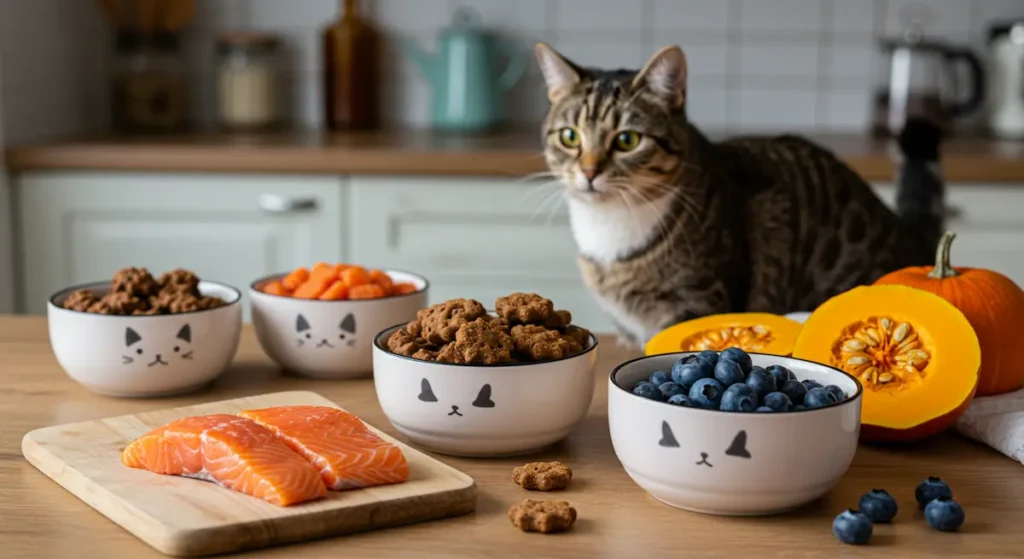
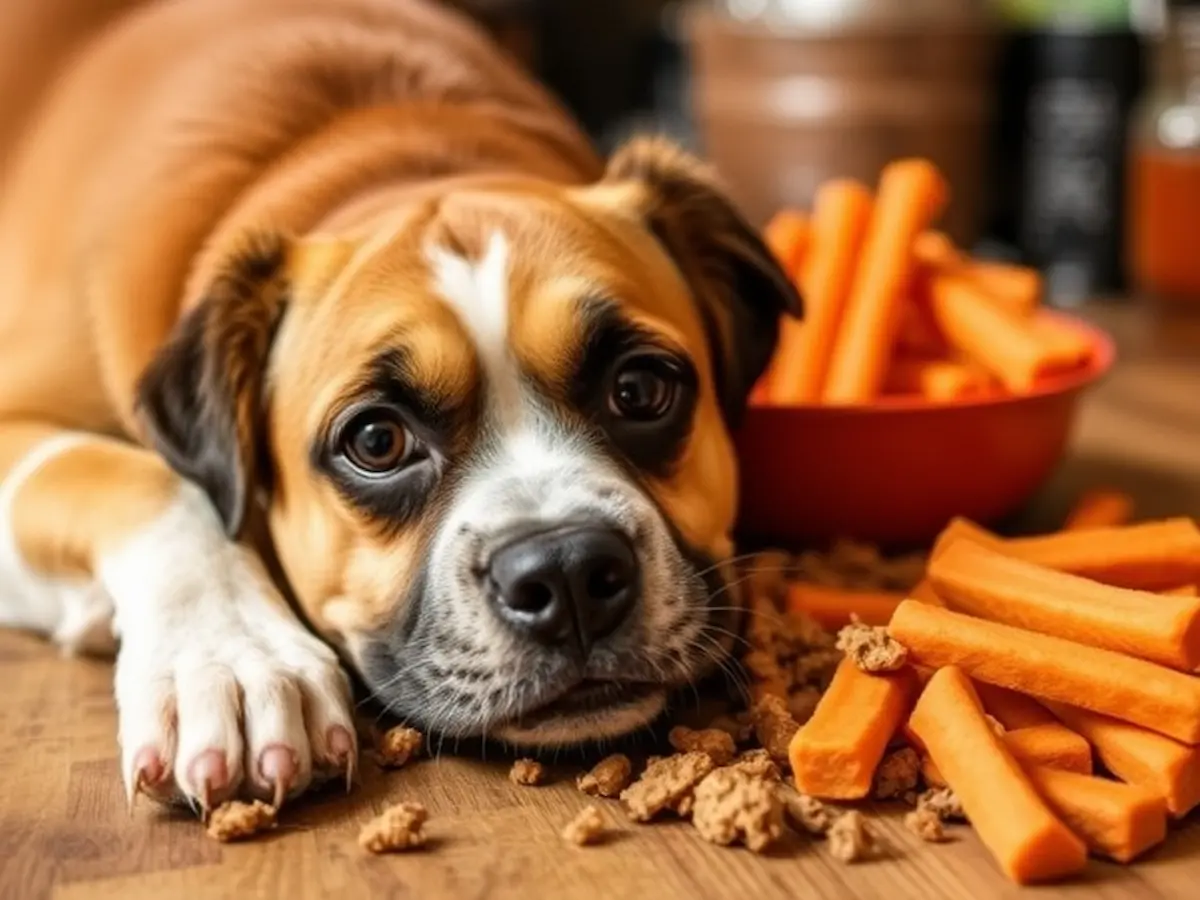
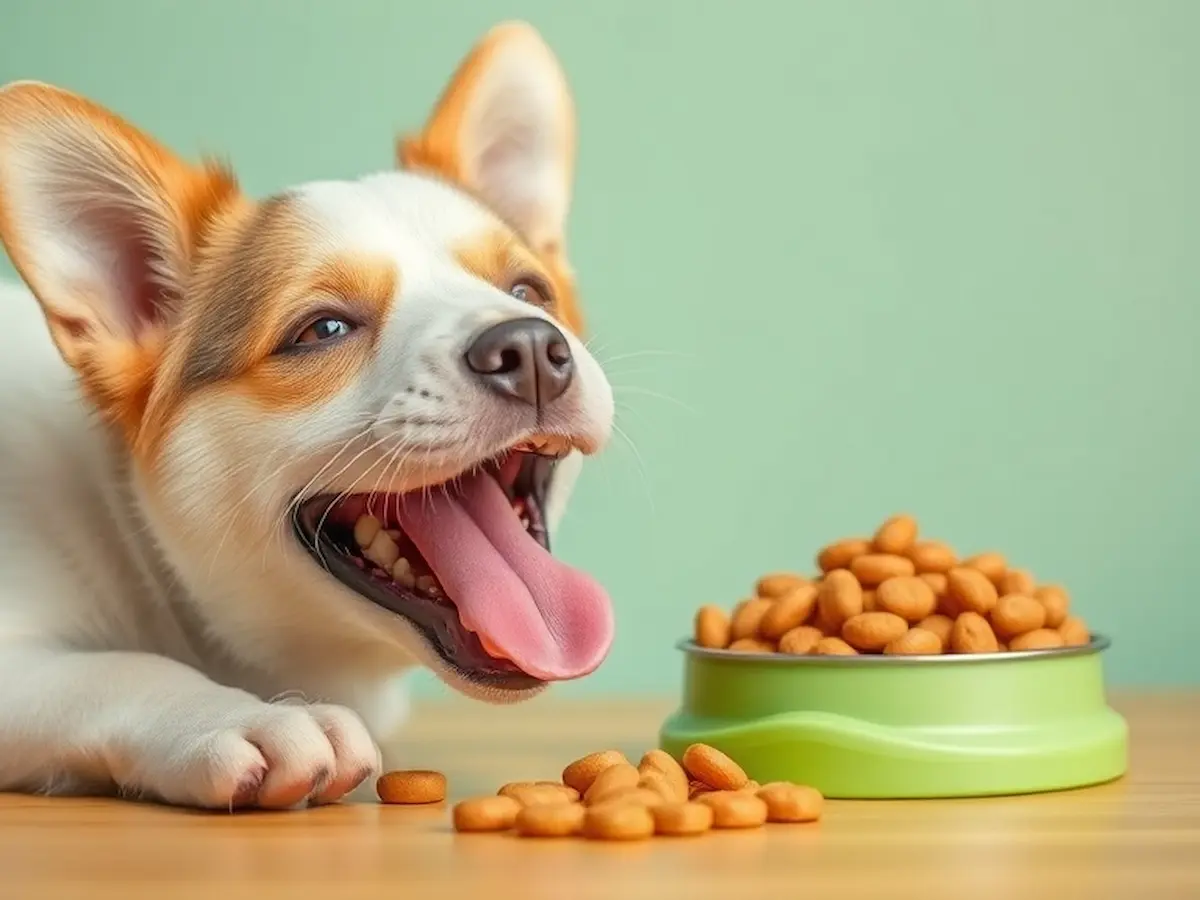
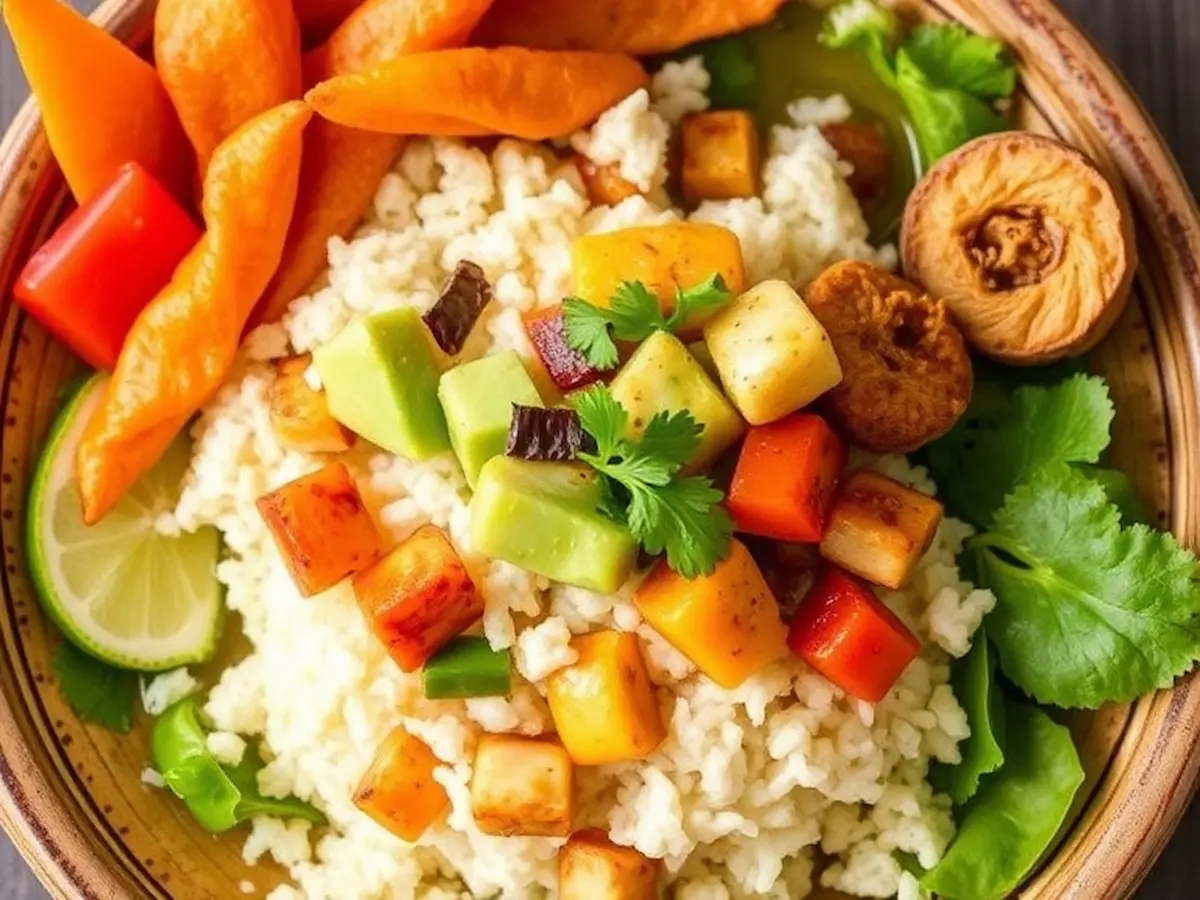
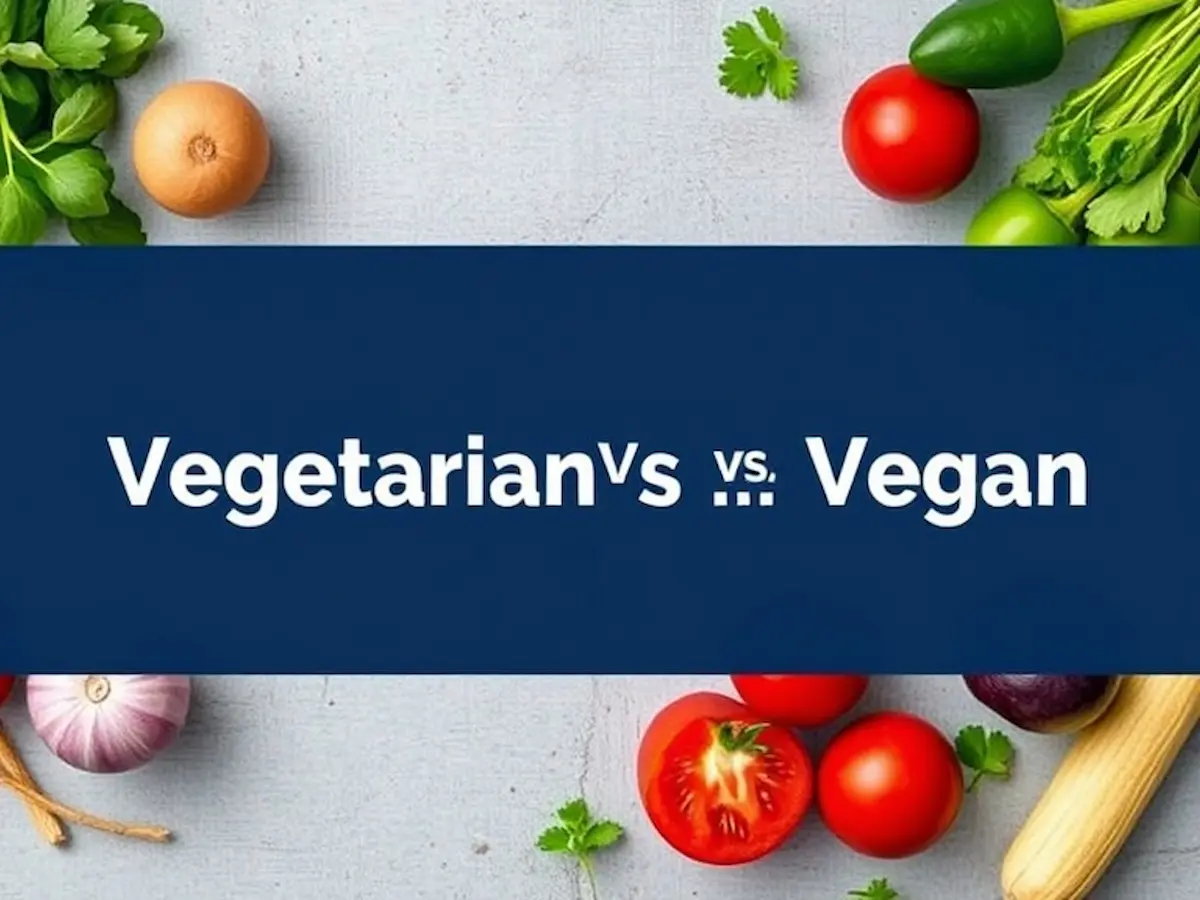
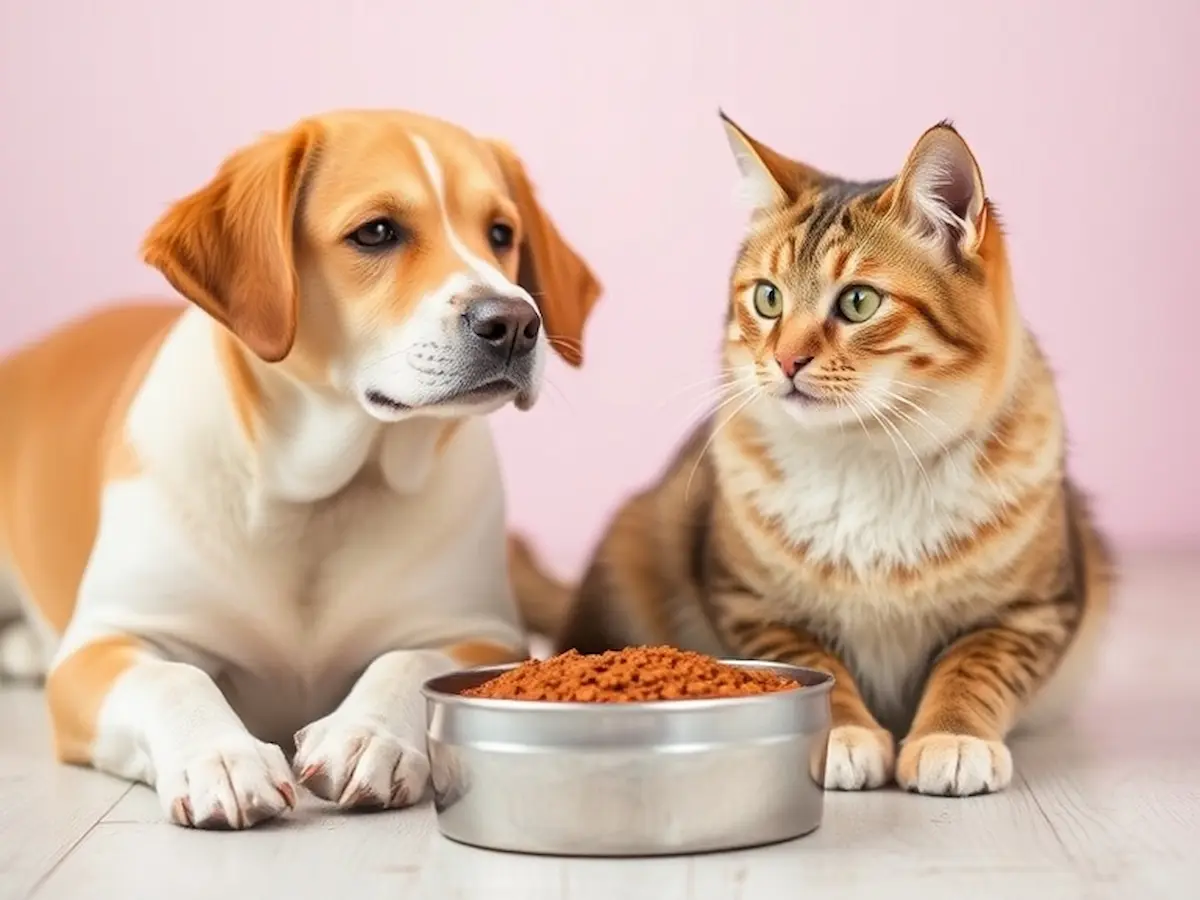
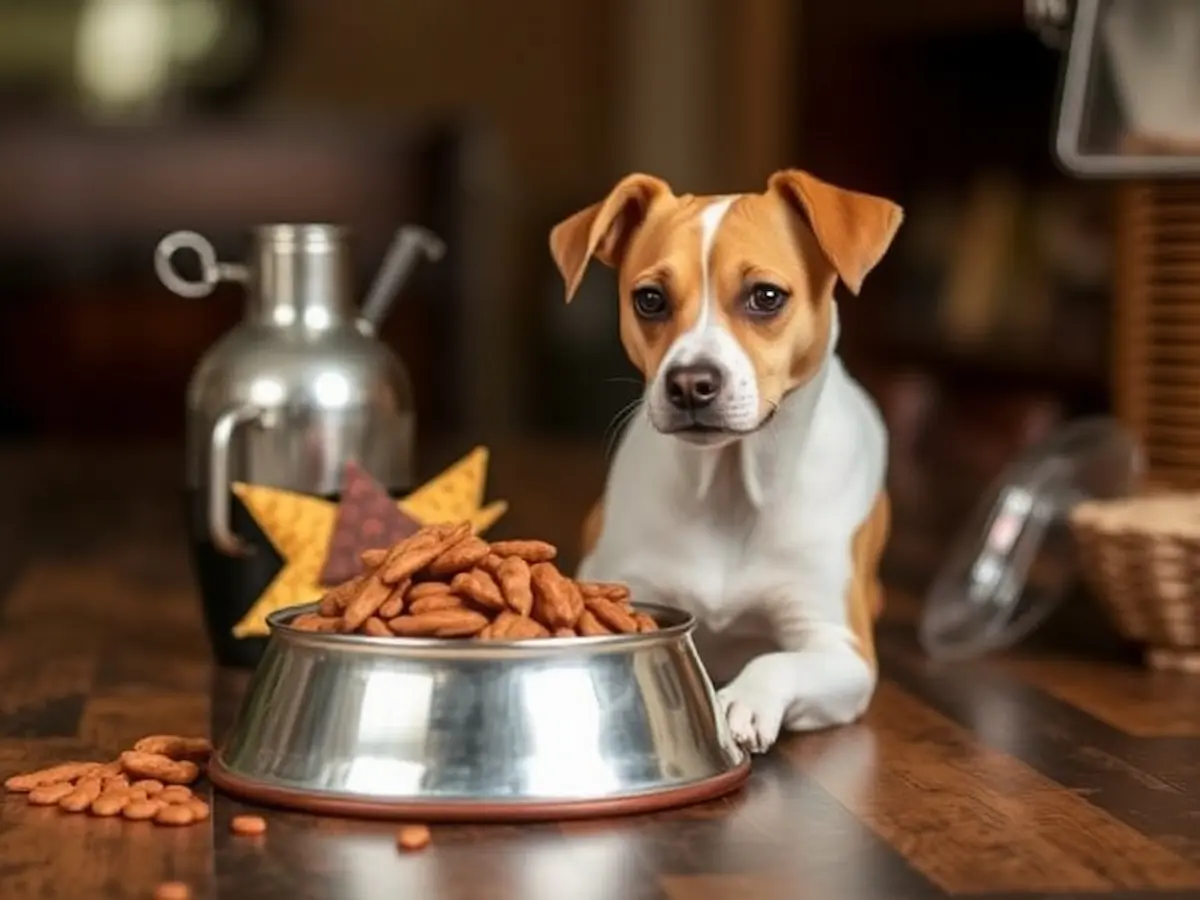


Pingback: Discover The Best High Protein Vegetarian Valuable Recipe – Valuable Recipe 2024
Pingback: Ground Turkey Dog Food Recipe Valuable Recipe
Pingback: Top 3 Blue Buffalo Cat Food Recipes
Pingback: Top Gravy For Cats Recepie Homemade 2024
Pingback: Dog Food Recipes 2024
Pingback: 3 Best Mexican Appetizer Recipes
Pingback: Smalls Cat Food : Unveiling The Benefits
Pingback: Food Recipe For Cats With Pancreatitis (06 - Step-by-Step Recipes)
Pingback: Explore Dave’s Naturally Healthy Valuable Pet Food Recipe 2024